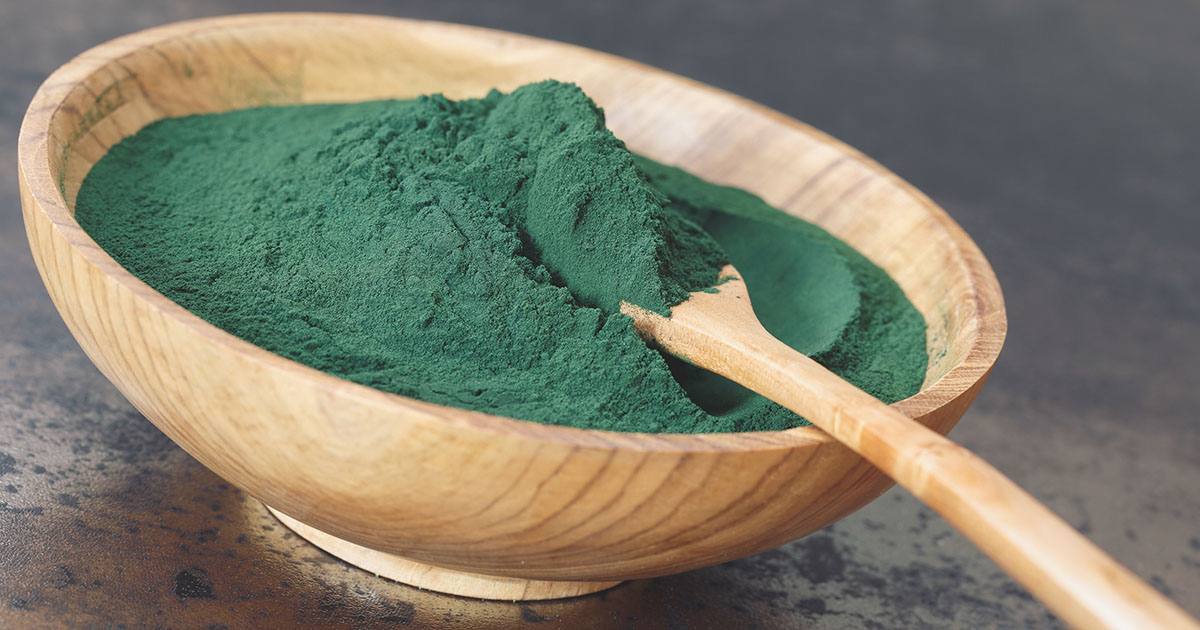Ways To Add Protein As A Vegetarian
Did you know every cell in the body contains protein? Protein is an essential component of everyone’s diet since sufficient protein intake allows individuals to repair damaged cells and make new ones. Protein is also excellent for giving the body energy. When most individuals think about ways to include protein in their diet, chances are their minds will turn to options such as chicken, turkey, fish, and other meat sources. Because of the prevalence of protein in meat, it is essential for those who cannot eat or choose not to eat meat to pay closer attention to their food so they can be assured they are consuming enough protein.
Sprinkle In Spirulina

Spirulina is perhaps, gram per gram, the most nutritious food out there. Among its array of nutrients and accompanying benefits is the fact that for every seven grams of spirulina, individuals can expect four grams of protein. This makes it perfect as a quick source of protein and makes it an ideal addition to anyone’s diet, but particularly those concerned about protein intake, such as vegetarians.
The only downside is how to include spirulina in a diet, but thankfully it makes for an excellent addition to morning and post-workout smoothies, giving the protein boost needed for lasting energy and muscle building and repair. For more information on how Organic Spirulina Powder benefits smoothies and health, check out Top Ingredients To Add To Your Smoothie To Boost Your Health.
